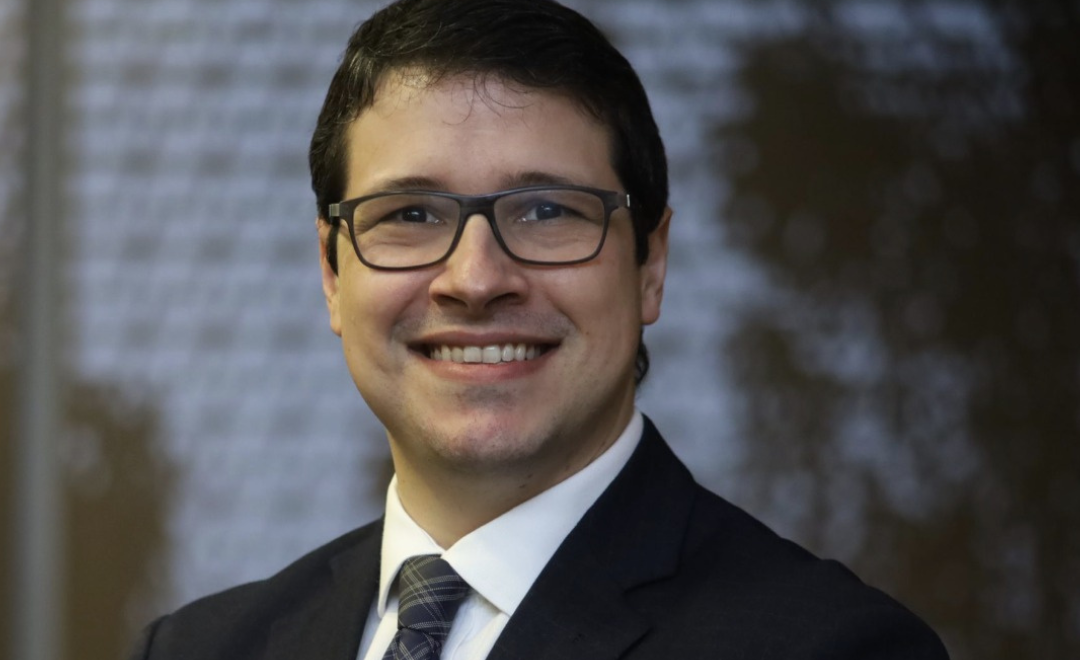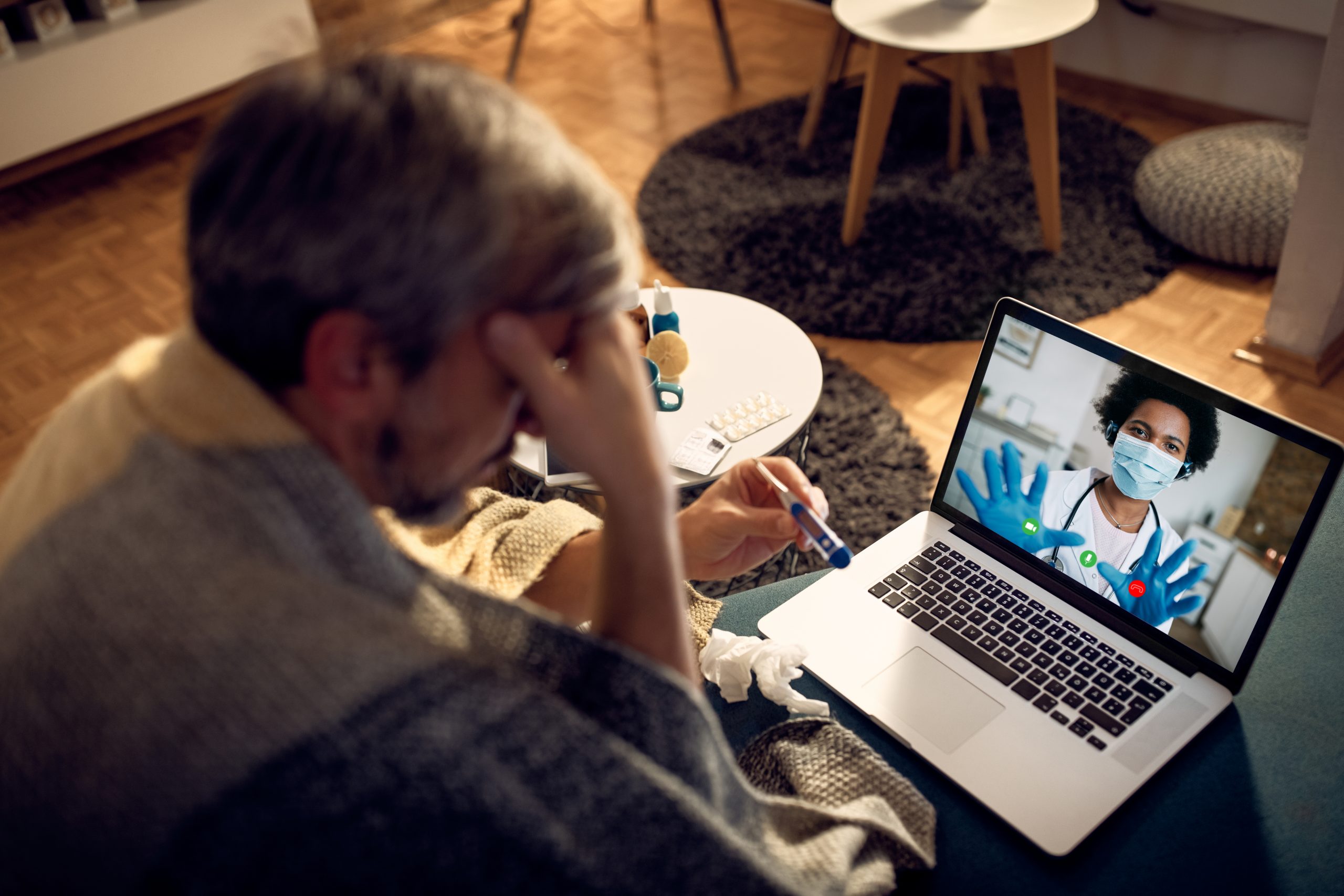Carlos Pedrotti brings highlights from the world's largest digital health event
With the theme “Creating the health of tomorrow”, the 2024 edition of HIMSS – Healthcare Information and Management Systems Society – Global Health Conference and Exhibition took place in March, in Orlando, United States. More than 30,000 professionals from across the healthcare chain, representing more than 70 countries, were present at what is the largest meeting of healthcare technology professionals in the world.
Artificial intelligence, cybersecurity, robotics, interoperability, policies and other global topics that are shaping the sector were discussed. In addition, for the first time in the history of HIMMS, companies and representatives of the Brazilian healthcare market had a dedicated space: Brazilian Pavilion.
Our president Carlos Pedrotti was there. Check out his impressions about the trends discussed there and what the market can expect in terms of innovation and technological development from now on.
SDB: How important is HIMMS in the healthcare market today?
We are talking about the largest digital health conference and exhibition in the world, with over a thousand exhibitors and many educational tracks. There we can hear everything that is being produced in science and innovation in our sector, with a significant focus on aspects related to health information; medical records, data, communication, interoperability, etc. Of course, an event like this focuses on relationships, but it is also very important for contextualizing and dictating trends. This year, without a doubt, we experienced one of the largest editions in history.
SDB: Specifically regarding telehealth, what was it possible to learn?
In previous editions, the topic and even the subject of telehealth were addressed in a more isolated manner. Today, it is clear that it is more of a means to provide a service than an end in itself, and is part of a series of parameters involving communication, health management and monitoring technologies. In addition to playing a very important role in managing the population and companies, it is also important to understand the priorities that need to be addressed in caring for a patient's health, taking into account their experience. This slightly more holistic view of what digital health is is a trend that will follow us from now on. There are many different services in the hospital area, in standard telemedicine, telespecialties, teleconsultation, and in the multidisciplinary area. It is a very big world, and doors are being opened to assist a wider population, in which distance is no longer an obstacle.
SDB: What were the main highlights during the event?
Embedded security and AI were important points that stopped being topics for the future, especially security, and became current needs. The analysis of health data to obtain insights into process bottlenecks, potential improvements, to know the consumption profile of these patients, and everything that involves data intelligence, despite already being a reality, is still not worked on by a large portion of institutions.
Patient experience is an important path within HIMMS and there was a lot of talk about electronic medical records, responsible use of artificial intelligence to solve simple issues, reduce bureaucracy, increase productivity and efficiency; digital transformation associated with generative AI and interoperability inserted into the work process, all with a very strong focus on improving the experience, not only for the patient but also for healthcare professionals.
In addition, the concept of PRM (Patient Relationship Management), which basically involves monitoring the patient's journey through the healthcare system, and RPM (Remote Patient Monitoring), which allows remote monitoring and which was only in the pilot projects three or four years ago, was more present this year. There is a strong trend towards connected devices available on the market.
SDB: Is there something that was shown there, but that is not yet a reality in Brazil?
Something that is changing the lives of American doctors is virtual scribe. Here in Brazil, we don't know about it. This solution perceives the context and transforms the conversation between doctor and patient into an organized and summarized text. Although the US has a very different healthcare model, I see that this technology would have great potential to improve the quality of care here, since the lack of information in Brazil today hinders the healthcare ecosystem as a whole. This type of technology improves the efficiency of the system and allows us to skip steps that are very mechanical in organizing data. In fact, digitizing and organizing data is the basis of any digital transformation strategy.





